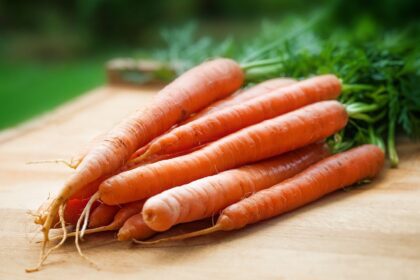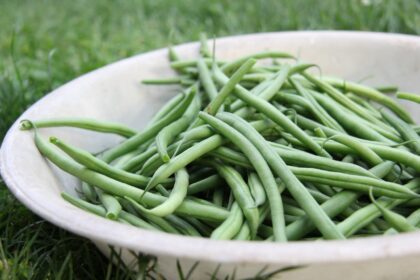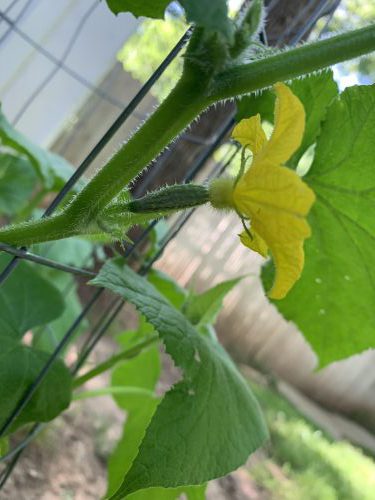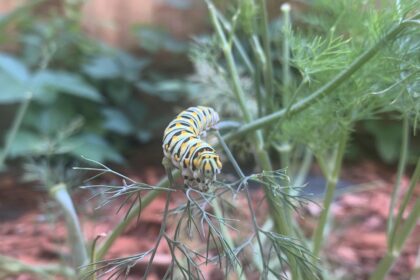Here’s a fun fact about watermelon seeds: Watermelon seeds are not only edible but also highly nutritious. They are rich in protein, healthy fats, and several important minerals, including magnesium, zinc, and iron. While most people spit out or discard watermelon seeds, they can be roasted and enjoyed as a tasty and nutritious snack. Roasted watermelon seeds are often seasoned with salt or other spices for added flavor. So next time if you aren’t harvesting watermelon seeds, consider giving them a try in a different way!
To harvest watermelon seeds for next year, follow these steps:
- Select a ripe watermelon: Choose a fully ripe watermelon for seed harvesting. Look for signs like a yellow or creamy underside, a dry and curly tendril near the fruit, and tough skin that is difficult to puncture with your thumbnail.
- Cut open the watermelon: Use a sharp knife to cut the watermelon open lengthwise.
- Remove the seeds: Scoop out the seeds from the flesh of the watermelon using a spoon or your hands. Place them in a bowl.
- Separate the seeds from the pulp: Place the seeds in a sieve or colander and rinse them thoroughly under running water. Use your fingers to separate the seeds from any remaining pulp or flesh. Continue rinsing until the seeds are clean and free from debris.
- Dry the seeds: Spread the seeds out in a single layer on a clean paper towel or a fine mesh screen. Place them in a well-ventilated area away from direct sunlight. Allow the seeds to dry for about a week or until they are completely dry. Stir or turn the seeds occasionally to ensure even drying.
- Store the seeds: Once the seeds are dry, transfer them to a labeled envelope or an airtight container. Store them in a cool, dry place, such as a refrigerator or a cool basement. Properly stored watermelon seeds can remain viable for several years.
It’s important to note that watermelon plants are typically cross-pollinated by bees, which means the seeds may not produce watermelons that are identical to the parent plant. This is especially true if there are other watermelon varieties growing nearby. However, saving and planting seeds from open-pollinated or heirloom varieties will give you a higher chance of growing similar watermelons.
When planting saved seeds in the following year, follow the recommended planting instructions for the specific watermelon variety. Start the seeds indoors or directly sow them in the garden after the danger of frost has passed, providing them with the appropriate growing conditions to ensure successful germination and growth.











